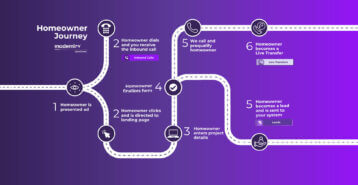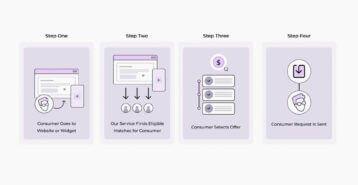With the Coronavirus vaccine’s current distribution in the United States, the Centers for Disease Control (CDC) must face a tough decision regarding who will receive the vaccine first. Ultimately, the goal is for widespread distribution to reach herd immunity in the community. But there are limited doses available, so the current approach is to distribute the vaccinations to high-exposure and high-risk groups.
Since the vaccine reduces the severity of a Coronavirus illness, it’s essential that high-risk individuals receive the doses as soon as possible. Additionally, the distribution to people who have a higher likelihood of exposure helps protect those individuals and their families.
Everyone is anxious to end this pandemic through vaccine distribution. It’s no surprise that prioritizing the distribution of the vaccine isn’t a straightforward process. Society depends on the health and safety of healthcare workers, grocery stores, construction workers, and food service providers.
If you own a remodeling or home improvement contracting company, you must keep up with these recommendations. Knowing when COVID-19 vaccines are available for you and your crew can help to keep your company in business by minimizing the risk of an outbreak in your organization.
Priority Vaccine Distribution, Based on Risk
Frontline essential workers and people over the age of 75 are the first in line for COVID-19 vaccines. Surprisingly, the CDC is recommending construction workers should be the next group to receive this vaccine. Here is a brief overview of the way the vaccine distribution is being prioritized:
- Frontline Workers: An estimated 30 million people fall into the “frontline essentials category,” including healthcare first responders, educators, postal service workers, public transit workers, and grocery employees. These people have a substantially higher risk of exposure compared to other industries.
- Nursing Home Residents (75+ and Older): People over the age of 75 have a greater risk of complications, and we’ve seen tragic clusters of positive tests in nursing home facilities.
- Construction and Food Service: The next highest categories encompass the construction and food services industries. With an estimated 57 million essential workers in these categories, it looks like the vaccine will go to this group of Americans next – after nursing home residents and healthcare workers.
- 65+ Years and Older: Once able-bodied essential workers and those over the age of 75 are vaccinated, then the distribution will be available to people over the age of 65 – who are also in a high-risk category for COVID-19 complications.
Keep in mind that these vaccination priority schedules are just recommendations. There could be variations in the rollout of the vaccination plans. Local and state health officials and evaluate the needs of their communities, then select the rollout that best suits the local needs.
Also, remember that guidelines and information are continually changing due to the fast-moving pandemic. While this article provides a brief overview of the vaccine plan at the time of publishing, you should stay up-to-date with government recommendations to know what to expect in the future.
High COVID-19 Rates in Construction
The early stages of research are looking at the transmission of COVID-19 in various occupations. This study, conducted in Los Angeles, California, showed that construction workers came in first place for the highest positivity rates among asymptomatic cases. Based on over 730,000 COVID-19, the numbers show that construction workers are more likely to have asymptomatic cases than first responders, healthcare workers, elderly care workers, food service employees, and grocery store employees.
The data in this study shows that construction has a remarkably high positivity rate compared to other industries. For example, construction workers reported a 5.7% rate for asymptomatic workers. Second in line is food services, with a 3.8% rate for asymptomatic workers – which is a third lower than construction. A study conducted by the University of Texas reported that construction workers are five times more likely to require hospitalization than employees in all other industries.
What is contributing to the high rates among construction employees? Workers in construction don’t often have paid sick leave, which increases the likelihood of people coming to work with symptoms. On-the-job exposure could impact an entire crew, as well as other contractors and employees moving through the worksite.
Protecting Your Crew with Vaccinations
Even though vaccines aren’t immediately available for construction workers, the hope is that access will soon be available. It’s essential to pay attention to the updates, so you know when your team of contractors and employees can receive the vaccination, which might help to minimize disruption on your work projects.

















